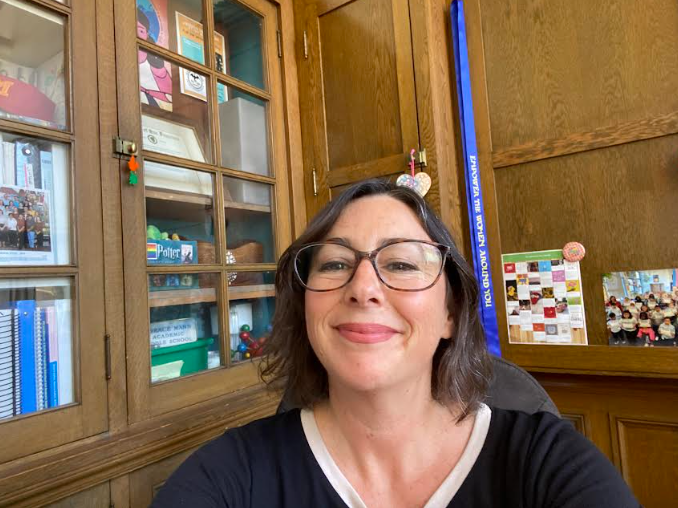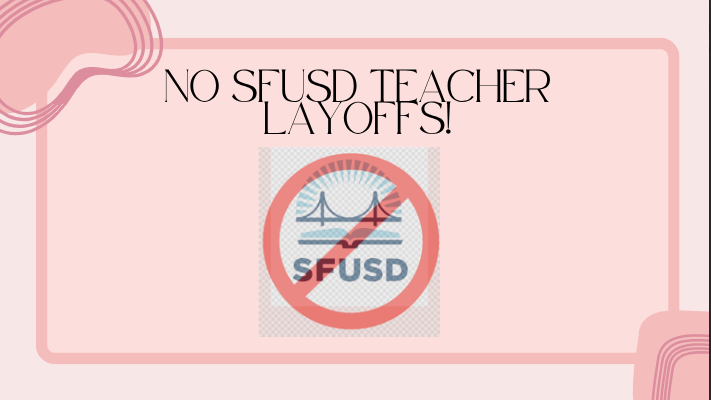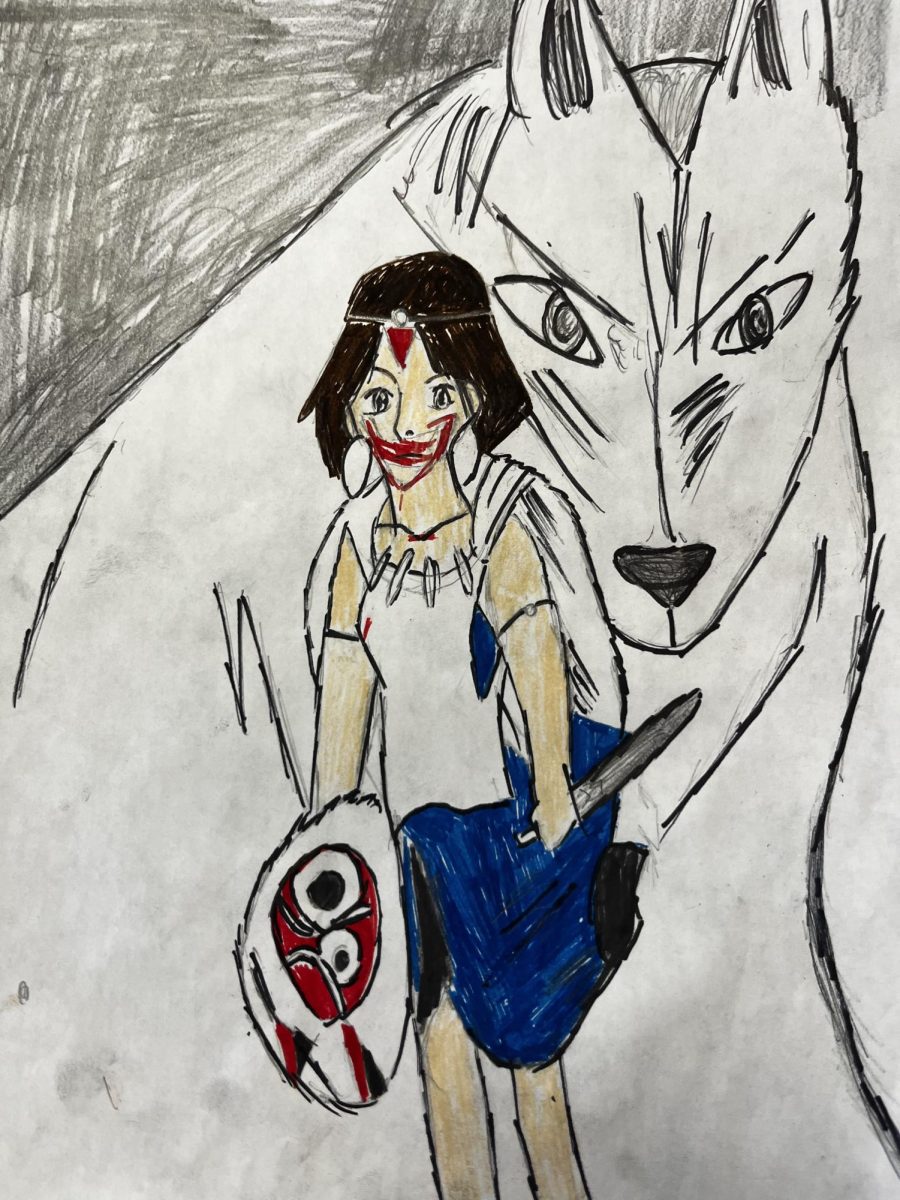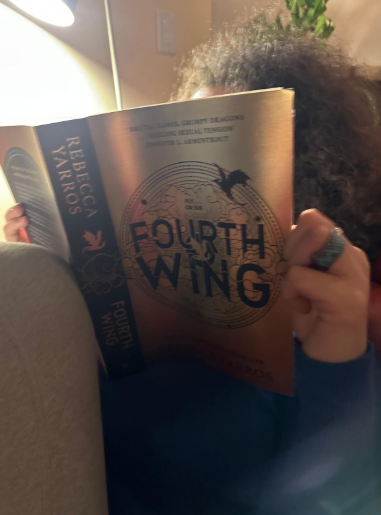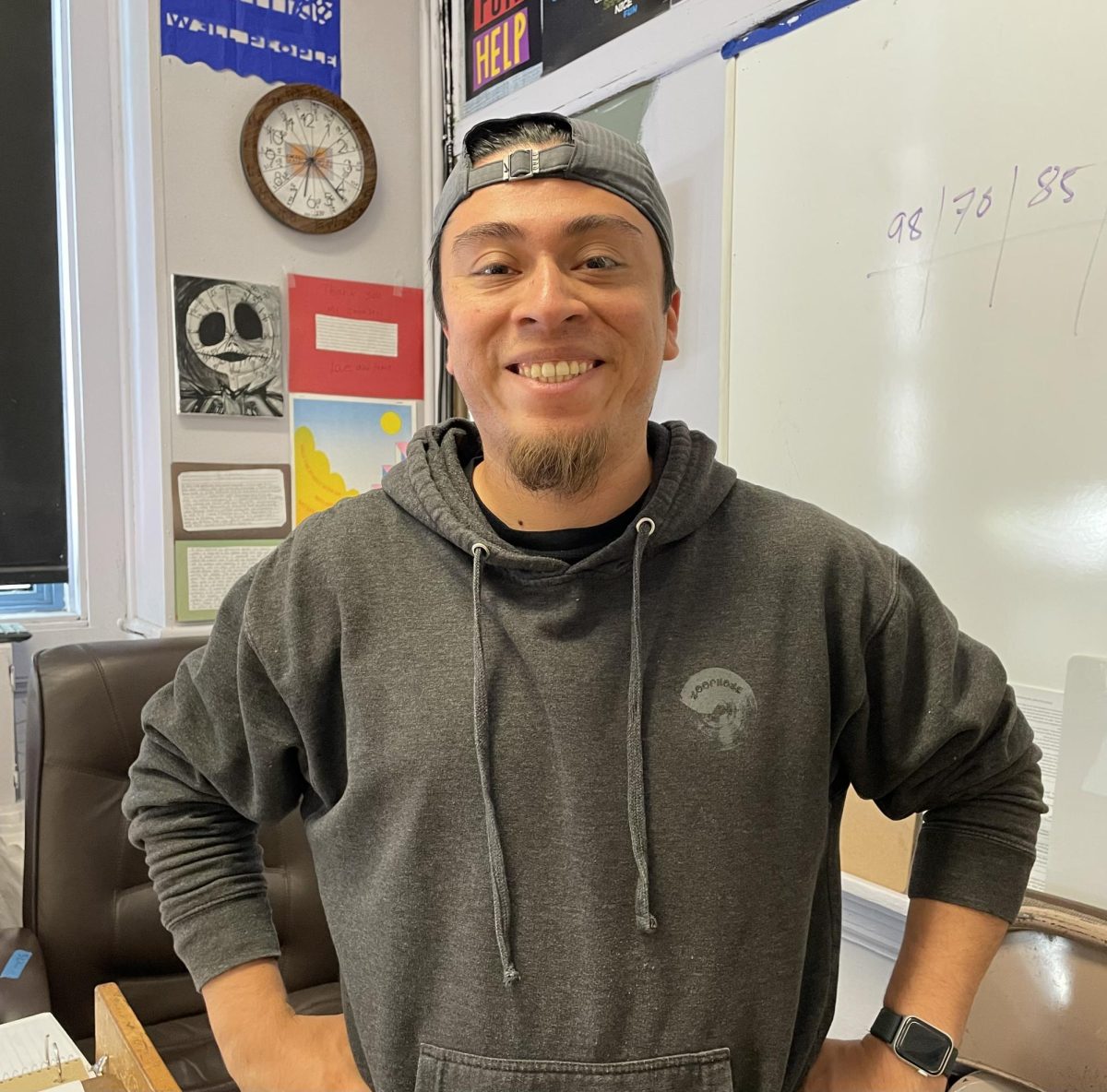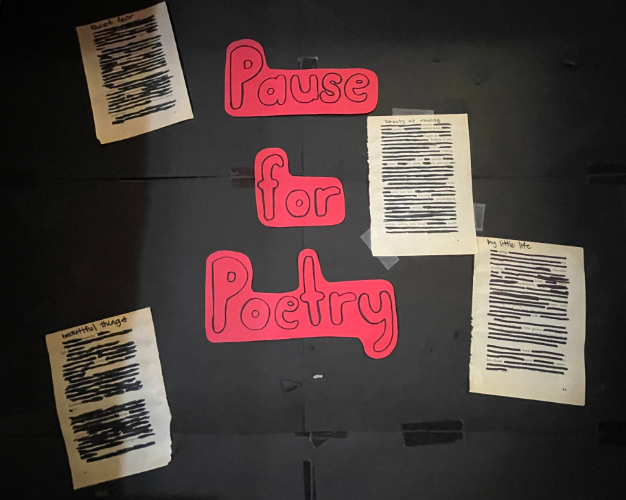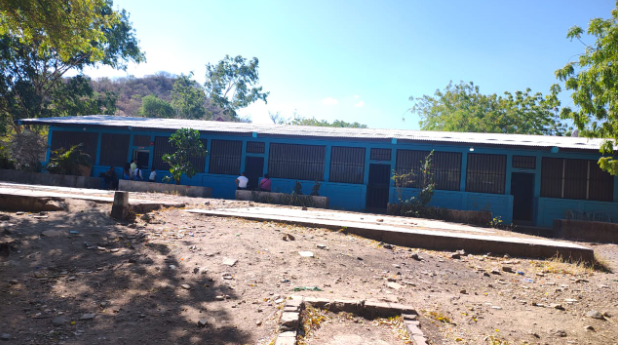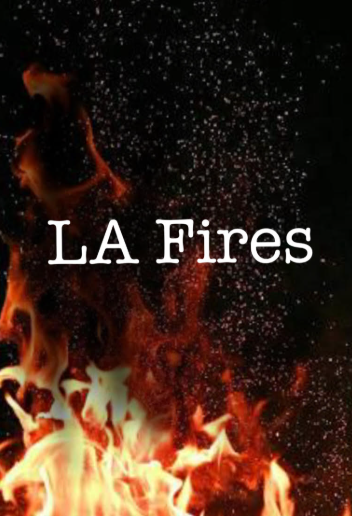The damage caused by the many fires of Southern California has started the new year off rocky, especially since fire season hasn’t even begun. When you mix a year with little rainfall and the seasonal ‘Santa Ana’ winds, the conditions for fires to spread are dangerously rapid.
There are many variables that contribute to the unstoppable fire storms that the Western US and Canada have been experiencing this decade.
A year with very little rainfall made for really bad fire conditions because a lot of vegetation was dry. Also, once the fires started, the heavy winds spread very fast.
This winter has been particularly dry and the naturally occurring ‘Santa Ana’ winds create conditions where fires move quickly. Since last year was a wetter than average year for southern California, there were larger amounts of dried out brush and grasses around that had grown with the extra water.
Here’s what teachers of our science department have shared.
“For the last ~100 years we have made an effort to suppress (put out) all fires, naturally occurring and human caused. Without the natural burn cycles extra wood & brush has collected, adding fuel that allows for hotter, more intense, and easier to spread fires,” said Mr. Gibson, Chemistry Teacher.
“On top of all that,” he continued, “our climate is shifting, recently the global average temperature has been increasing each year. This winter has been warmer than usual here in California. Warmer temperatures means more moisture is evaporated out of the plants and ground, leaving nature more susceptible to fire.”
“In the Palisades specifically, a lot of people had electric vehicles and/or EV charging banks at their houses which burn really hot and are very hard to put out when they do catch fire,” said Ms. Herrera, Physics Teacher.
Ms. Hillard, Fire Science Teacher, says, “I’d say the recent wildfires in LA highlight the urgent need to fight climate change, to be prepared for natural disasters with a family plan and a go bag with medications and provisions and such as well as the need to look at indigenous fire strategies including how to prevent wildfires and restore healthy ecosystems.”
